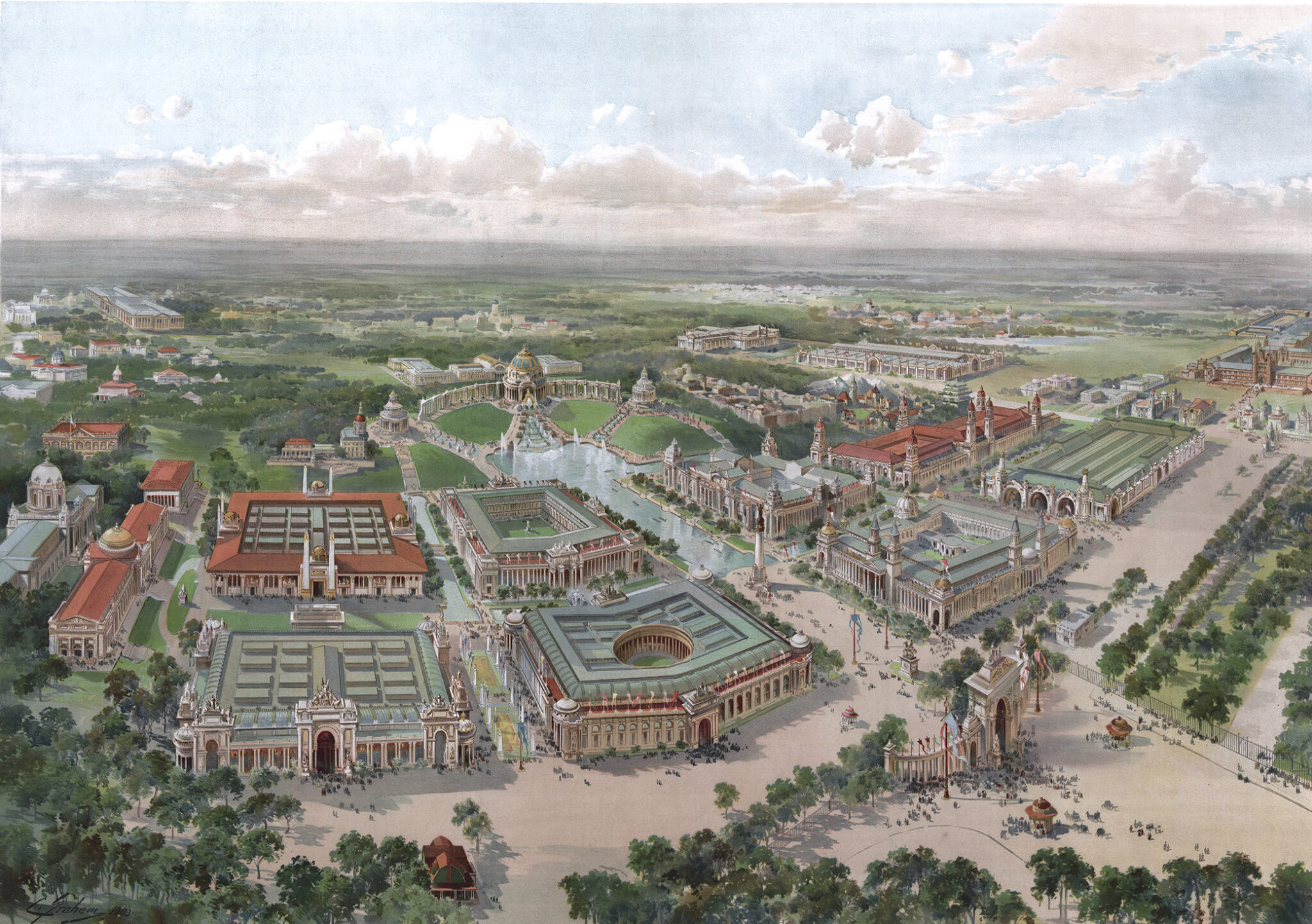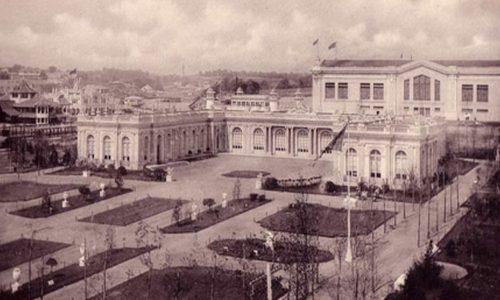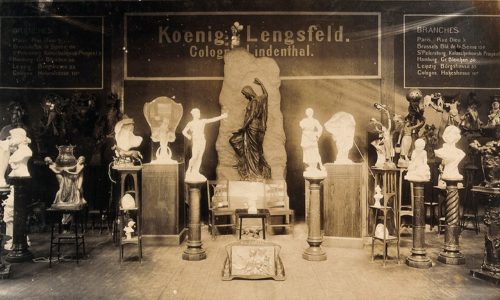
THE WORLD'S FAIR SAINT LOUIS 1904
In 1904, St. Louis, Missouri, United States, hosted the World’s Fair, officially known as the Louisiana Purchase Exposition. Organized to celebrate the centennial of the United States’ purchase of Louisiana in 1803, this exposition became a symbol of progress, innovation, and national strength. With over 19 million visitors and spanning 500 hectares, it left a lasting mark on the history of international exhibitions through its scale and enduring influence.

Themes and Innovations: A Laboratory of the Future
The St. Louis World’s Fair showcased technological and scientific advances of the early 20th century. Among the most notable presentations were:
- Innovations in electricity: The pavilions were brightly lit using modernized electrical systems, demonstrating the potential of energy to transform daily life.
- The first aviation pavilion: The exposition featured demonstrations of airships and airplanes, foreshadowing the advent of commercial aviation.
- Food and new products: The cornucopia of the fair included the public debut of the ice cream cone and peanut butter, destined to become staples of American food culture.
- Innovations in transport: The first model of the motorized taxi was introduced, heralding the future revolution of urban mobility.
Impact and Legacy: A Lasting Influence
The St. Louis World’s Fair left a significant legacy in several areas:

Urban development
The city of St. Louis modernized its infrastructure and improved its transport systems—some of which can still be seen today.

Cultural
The exposition popularized new products and ideas, shaping long-term consumer habits and technological progress.

Sports
The 1904 Olympic Games, although not widely successful internationally, helped set standards and disciplines adopted in future editions.
The 1904 St. Louis World’s Fair was a spectacular demonstration of human progress at the dawn of the 20th century. Amidst technological innovations, culinary discoveries, and major social debates, the event left an indelible mark on world history. Even today, some inventions and traditions popularized in St. Louis remain integral to our daily lives, reminding us of how these world’s fairs helped shape modernity.
